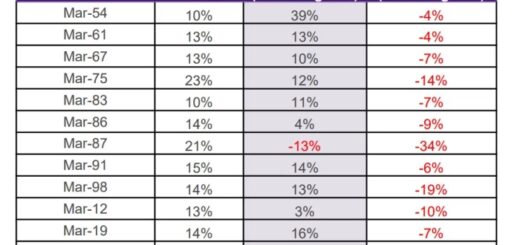Meme Stock Mania: Market Strategist Points to Potential Red Flags for the Broader Stock Market
Many people have expressed their disapproval of the stock market surge in 2023, arguing that it primarily revolves around a small selection of major tech firms.
Nevertheless, investors are becoming concerned about the recent emergence of additional stragglers, as Jonathan Krinsky, the managing director and chief market technician at BTIG noted.
He mentions that there has been a significant rise of 10% in a stock benchmark favored by investors on social media platforms in the last three days. In contrast, consumer staples stocks have experienced a decrease of 1.6% as investors are shifting away from safer investment options. Well-known stocks such as GameStop, AMC Entertainment, and the now-bankrupt Bed Bath & Beyond have recently gained substantial attention.
According to a note published on Tuesday for clients, when comparing the performance of the MEME index to the Consumer Staples Select Sector over a year and a half, if the MEME index has done at least 10% better within three days, the SPX index has been lower three and five days later out of 17 instances. The average return during those periods has been -0.83% and -0.68%, respectively.
Meanwhile, the performance during 20 days indicated an average return of -1.45% and a median return of -1.6%. The speaker noted that similar results were last observed on February 15th, when the S&P 500 saw a drop of 3.62% in the three days following this signal.
This suggests that the market is becoming more stable and healthy, but there are doubts about whether the rally will last. When weaker stocks see big gains, it may indicate that investors are speculating too much and not making careful choices. Although a market rally with lower-quality stocks can be a good indicator, it should be examined cautiously and analyzed carefully.
Krinsky mentioned that this includes both highly traded stocks and low-quality ones.
He claims that when we see a substantial rise, especially compared to a stable industry like consumer staples, it often indicates individuals seeking out investments that have not yet seen much activity but have the potential for significant growth. He proposes that this typically happens near the conclusion of a market trend, as demonstrated by the data in the table provided.




